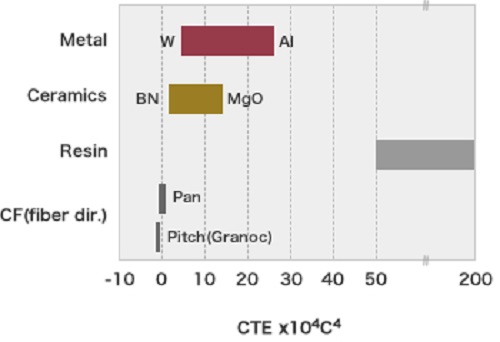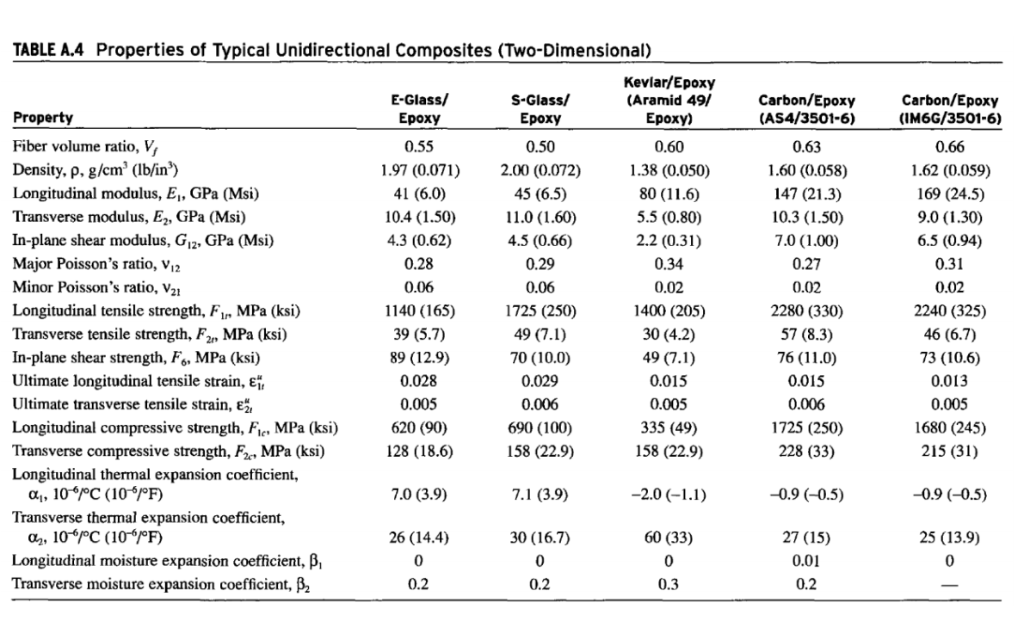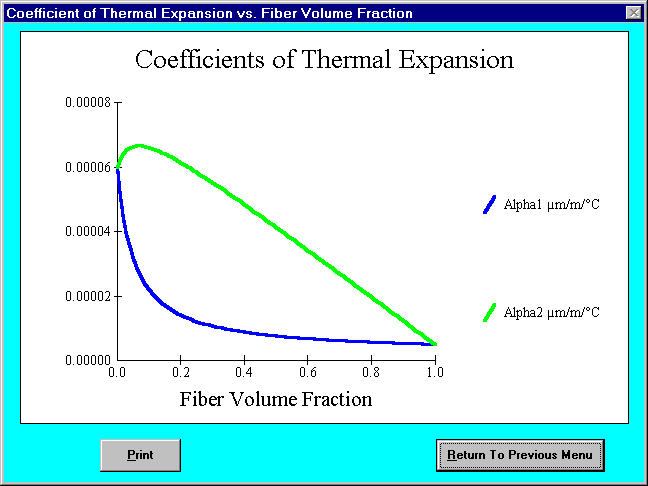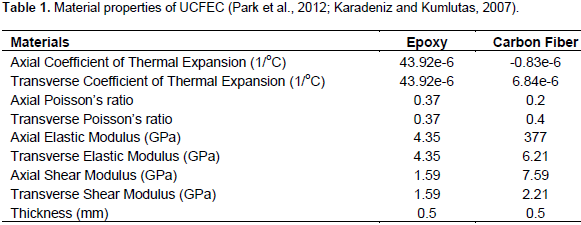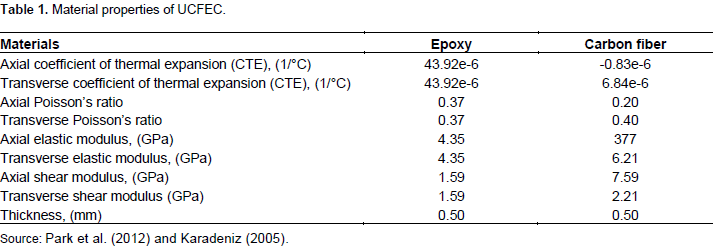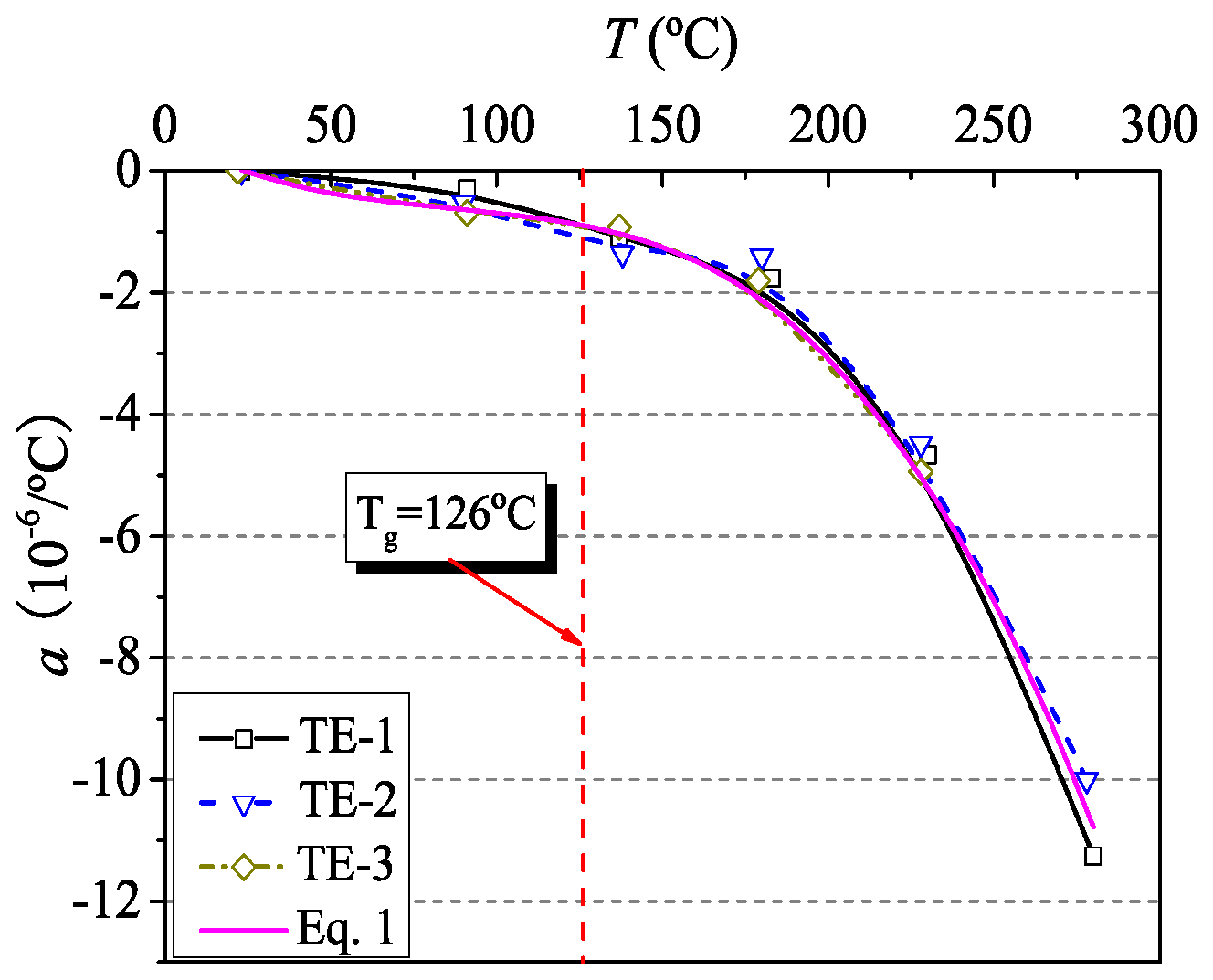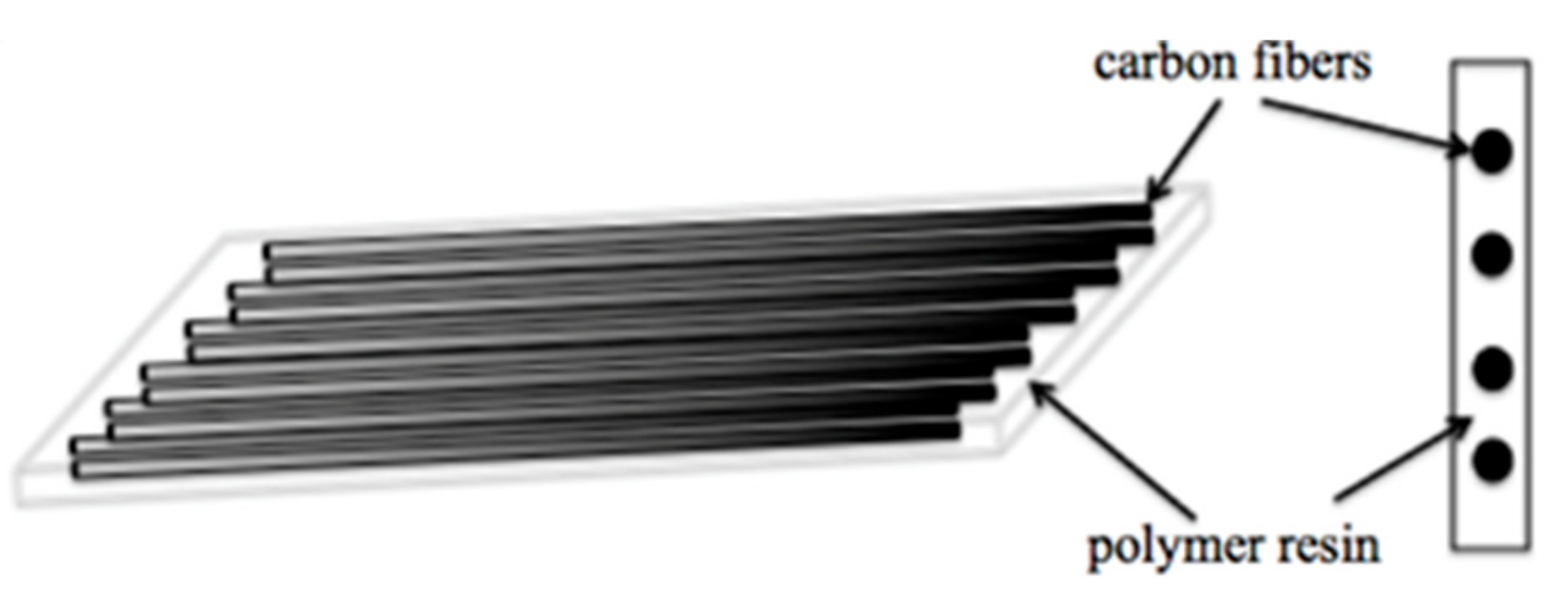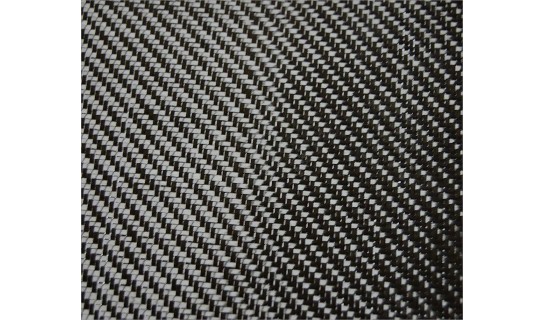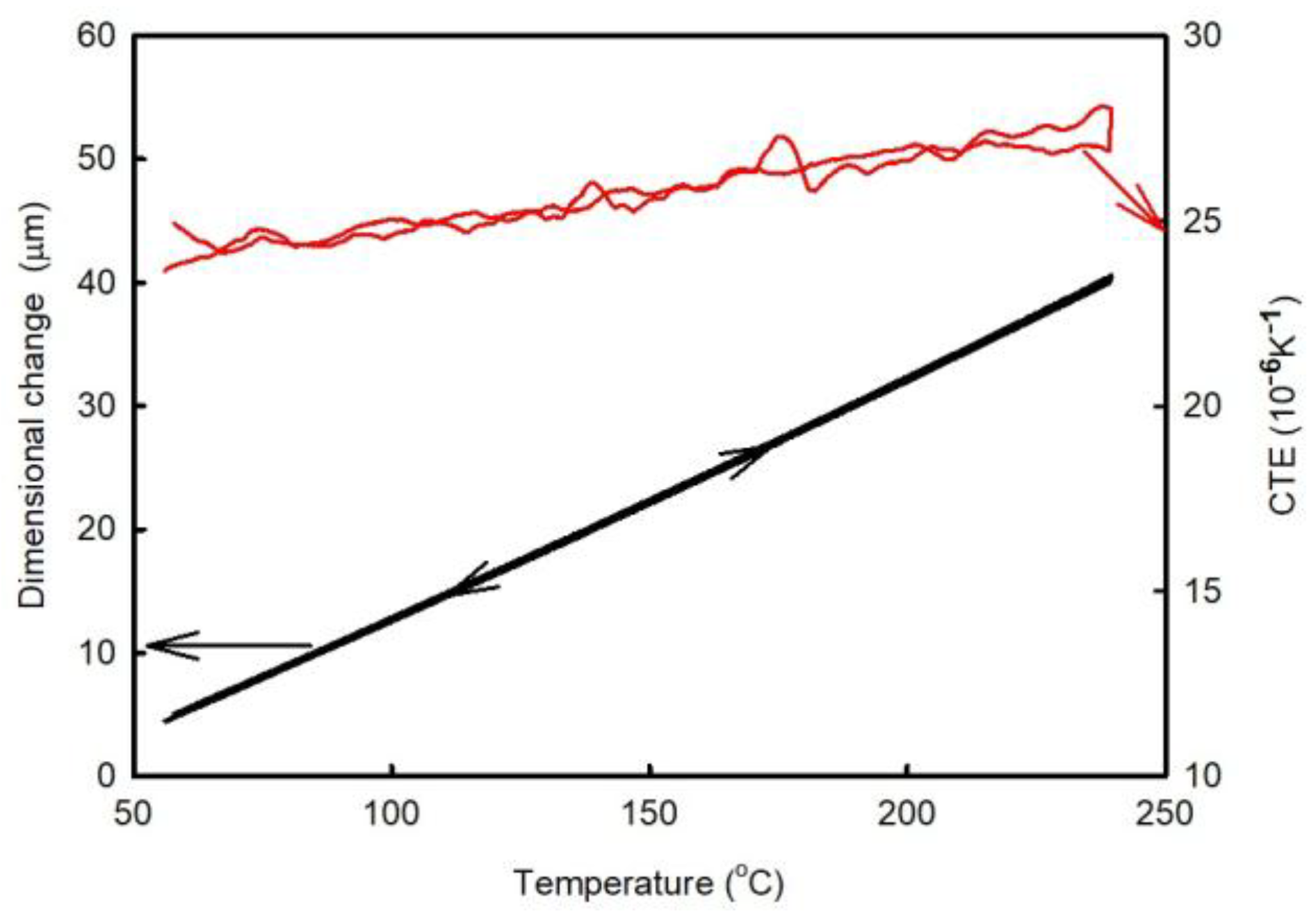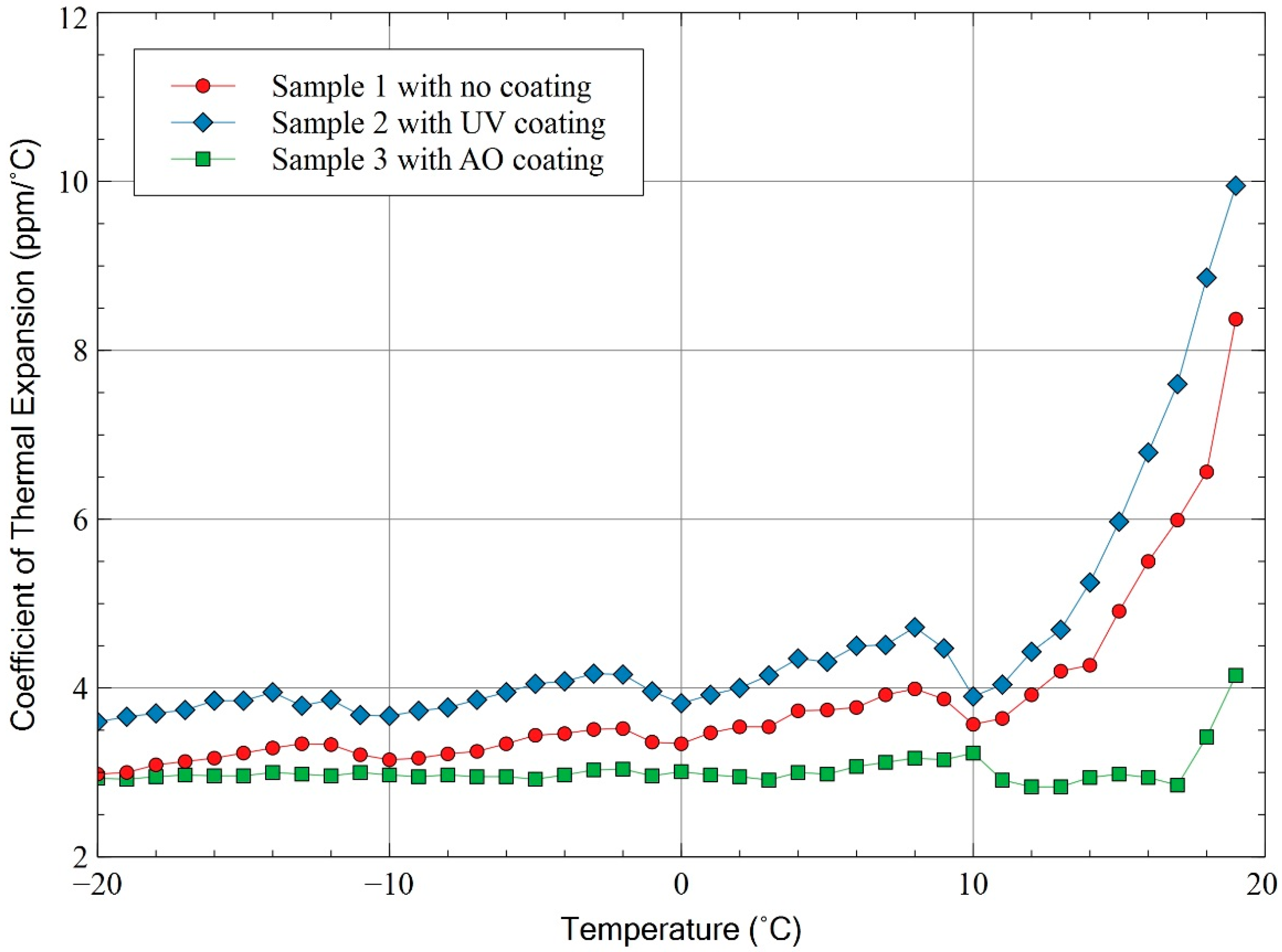Coefficient Of Thermal Expansion Carbon Fiber Laminate

It also has four times the strength of steel and the weight of 1 4 steel.
Coefficient of thermal expansion carbon fiber laminate. Also the material thickness and fiber orientations can be optimized for each application. Take the automobile industry as an example automotive fuel consumption to 60 car body weight 10 per weight the fuel consumption. X ray transparent due to its low. On the basis of lamination theory a quasi isotropic fiber metal laminate fml with a near zero coefficient of thermal expansion cte and high specific modulus was designed using pitch based carbon fiber reinforced plastic cfrp prepreg and stainless steel sst.
Extremely low coefficient of thermal expansion cte 4. For this reason copper has been combined with carbon fiber graphitic materials to create a material with significantly smaller coefficient of linear thermal expansion. Carbon fiber reinforced plastic cfrp laminates are used for structures of space satellites because of their high stiffness and low coefficient of thermal expansion cte. High specific stiffness stiffness divided by density 2.
In this study the measurements of cte are presented at very high temperatures up to 2500 k. The advantages of graphite composites are. Abs pipes pressure ratings pressure ratings of. Aluminium and carbon have been tried but the mixture forms a galvanic couple causing corrosion.
High specific strength strength divided by density 3. Recently the cfrp laminate layup 0 30 90 30 0 4s composed of poly cyanate resin and pan based carbon fibers was designed with the cte being approximately zero. A composite laminate has been developed that has a coefficient of thermal expansion identical to that of schott d263 glass. It has been used instead of metal materials in many fields.
The thermal expansion coefficient of carbon fiber is less than that of metal. The transverse and longitudinal coefficients of thermal expansion cte of carbon fibers are important parameters in c c composites behaviour. Thermodynamics effects of work heat and energy on systems. Thermal deformation coefficient of thermal expansion carbon epoxy formulation of ctes for temperature variation introduction carbon fiber reinforced composites are widely developed and used as structural materials of the modern aircraft and spacecraft because of their high specific strengths moduli and design flexibilities.
Material properties material properties for gases fluids and solids densities specific heats viscosities and more. Temperature expansion thermal expansion of pipes and tubes stainless steel carbon steel copper plastics and more. Experimental validations are first realised on isotropic metallic tungsten fiber.
